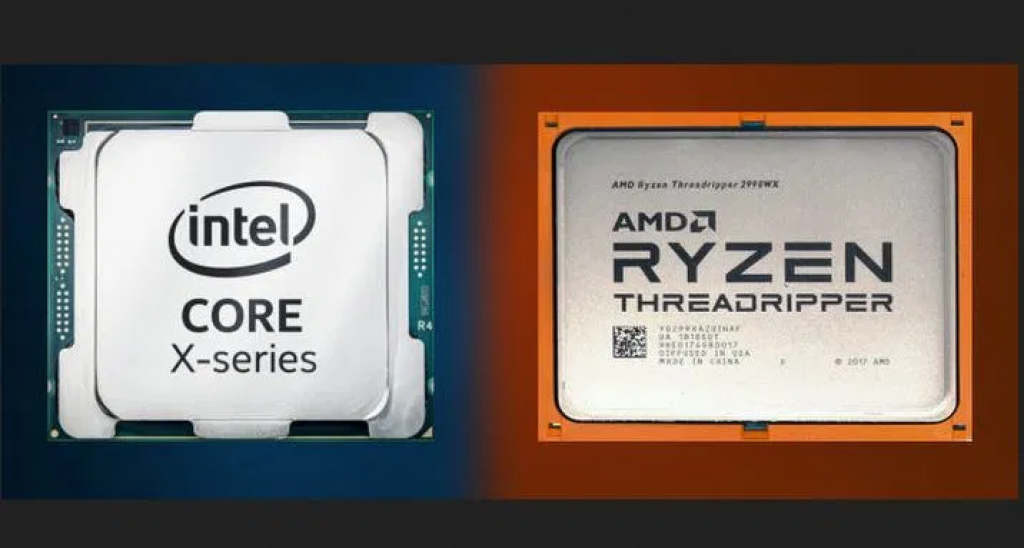What is a CPU? Understanding the Brain of Your Computer
If you're planning to build your own computer, one of the first components you need to understand is the CPU — short for Central Processing Unit. Often called the "brain" of the computer, the CPU is responsible for carrying out instructions and processing data. In simple terms, without a CPU, your computer can’t do anything.
→Video: How a CPU Works
Below is a helpful video that explains CPU fundamentals in a clear and visual way:
👀
This video covers how the CPU functions, how it processes instructions, and how it collaborates with other hardware.
→What Does a CPU Do?
The CPU handles all the basic operations of your computer. It processes everything from opening a web browser to running complex applications, performing calculations, logic operations, and coordinating data flow. It takes instruction, works on it, and produces output in mere fractions of a second.
A modern CPU is capable of executing billions of instructions per second, making it one of the most critical pieces in your build.
→Main Characteristics of a CPU
- Clock Speed (GHz): How many cycles per second the CPU can run — higher is generally faster (though not the only metric).
- Cores: Independent processing units within the CPU. More cores = better multitasking.
- Threads: Some CPUs support logical threads (via Hyper‑Threading or SMT), boosting parallelism.
- Cache: Small, ultra-fast memory inside the CPU that stores frequently used data.
- Instruction Set / Architecture: The “language” the CPU understands (x86, ARM, etc.).
→Types of CPUs
Depending on the device and use case, there are various CPU types:
1. DESKTOP CPUs
Used in custom-built or retail PCs. Examples include:
- Intel Core series (i3, i5, i7, i9)
- AMD Ryzen series (Ryzen 3, 5, 7, 9)
Desktop CPUs tend to offer the best performance per cost for many users.
2. LAPTOP/ MOBILE CPUs
Optimized for lower power consumption and heat. Performance is good but constrained by battery and cooling limits.
3. SoC/MOBILE/EMBEDDED CPUs
Found in phones, tablets, and devices. These often integrate CPU, GPU, and other controllers in a single chip (System on Chip). Examples include Apple A-series, Qualcomm Snapdragon, MediaTek processors.
4. SERVER/ WORKSTATION CPUs
Built for heavy workloads, parallelism, and reliability. Examples:
- Intel Xeon
- AMD EPYC
⇢AMD vs Intel – The Big Debate
Two leading CPU manufacturers are AMD and Intel. Your choice often depends on your budget, use case, and preferences:
- Intel CPUs often shine in single-threaded performance (important for certain games or applications).
- AMD Ryzen CPUs tend to offer more cores/threads for the same price and strong performance in multi-threaded workloads.
In many cases, both brands have excellent options — it’s about matching to your needs.
→Final Thoughts
- In short, the CPU is a foundational component in your custom PC build. It affects everything from motherboard compatibility to cooling solutions and even power supply needs. Making the right choice here sets the stage for a stable, performant system.



No comments:
Post a Comment